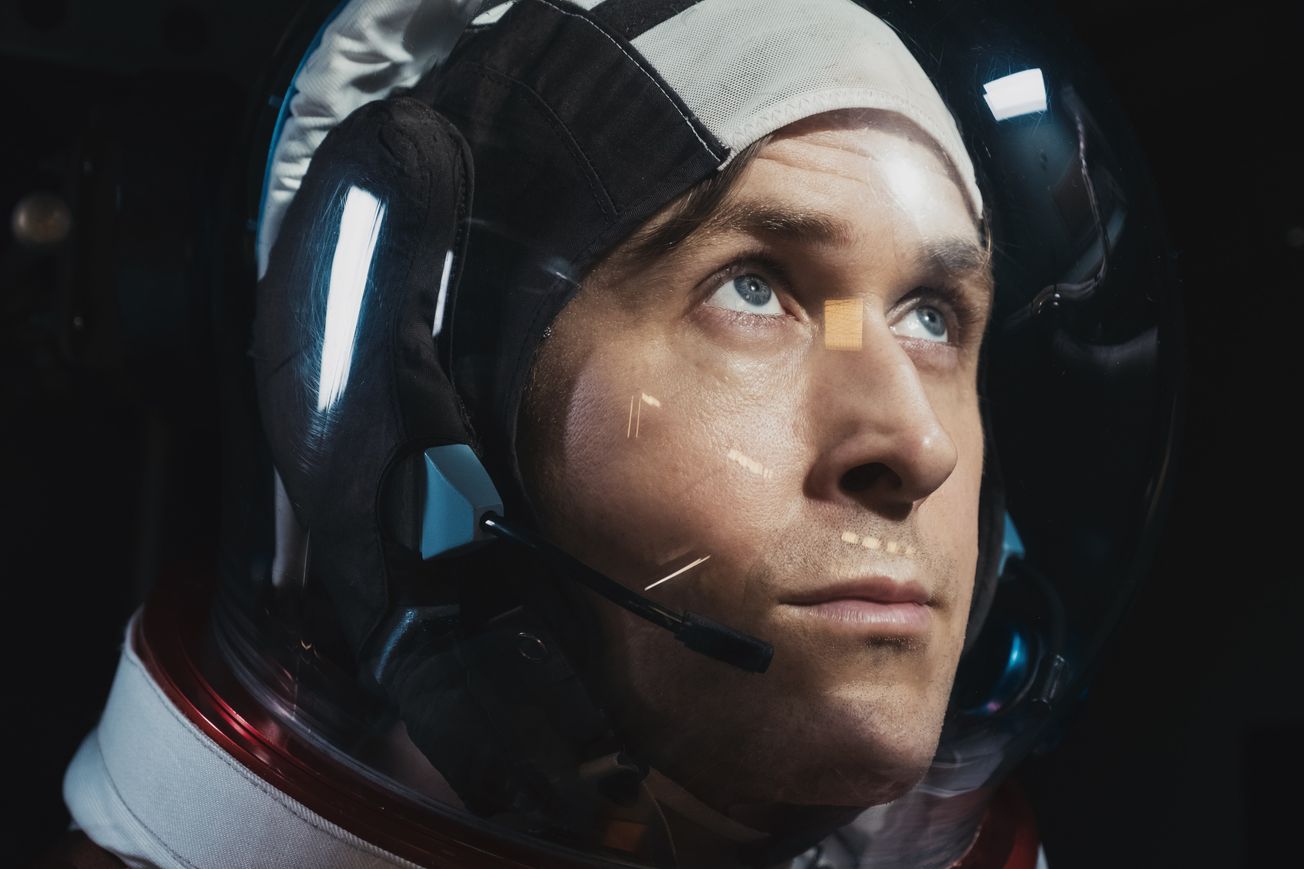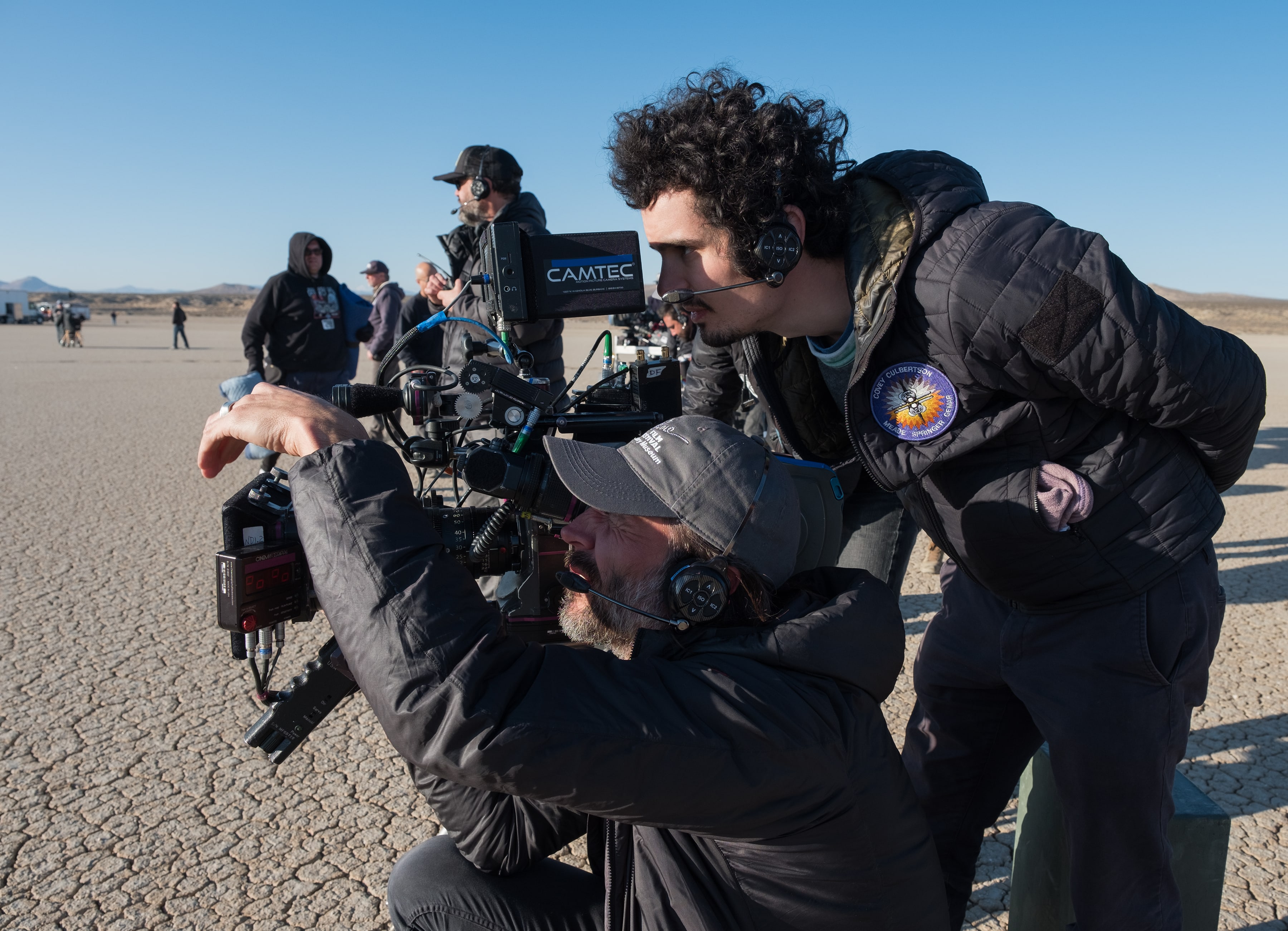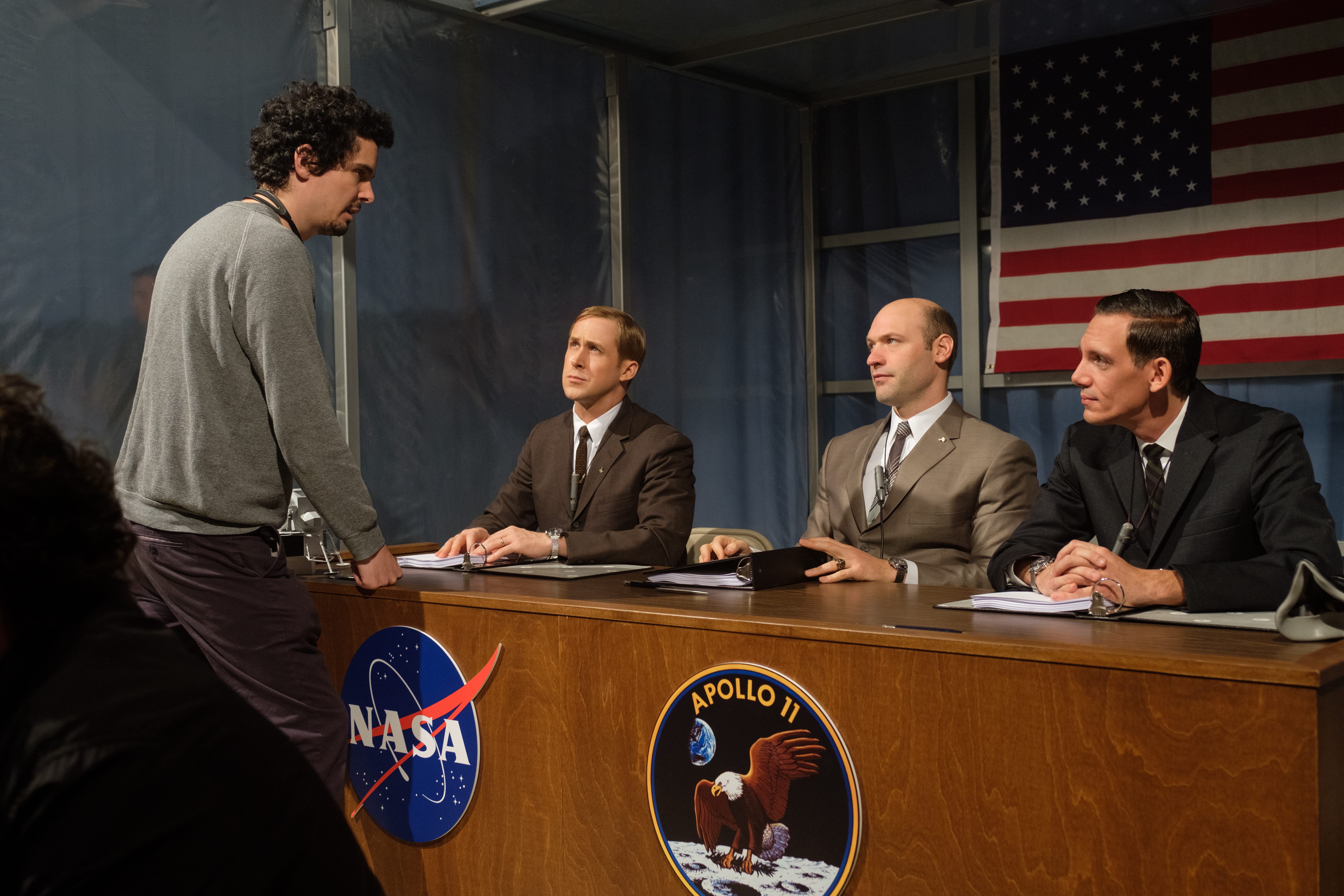By Patrick Sullivan, Film & TV Editor
First Man is a character study of Neil Armstrong in the eight years between the death of his daughter and the first moon landing, but the sensory filmmaking means it is so much more than that.
Damien Chazelle has established himself as a classic filmmaker in modern times. His two previous films - Whiplash (2015) and La La Land (2017) - will undoubtedly be remembered as two of the greatest films of the decade. Whatever Chazelle decided to do next would be met with fervent anticipation, let alone an intense character study of Neil Armstrong, the first man on the moon.
Ryan Gosling, the leading man of La La Land, is reunited with Chazelle in First Man as the legendary astronaut who remains resolute after losing his young daughter, survives several risky missions, and finally commands the pioneering Apollo 11 spacecraft to lunar landing and return. The outcome is known to the world, and so it is Chazelle’s sensory delivery that compels us into a severely tense experience.
Youtube / Universal Pictures
Chazelle is masterful in all he does. Whiplash is aggressive, crescendo cinematography at its best; La La Land features refined, crisp choreography with playful visuals. Now, First Man is different - two-scale in many aspects, a constant conflict of styles within itself. The colour palette is either cool blue or warm orange, the lighting is either pure white or pitch black, and the framing is either claustrophobic or a far landscape. The whole film pitches two opposing ideas interweaving with each other: family and the mission.
UPI Media / Universal Pictures
The Crown’s Claire Foy plays Janet, Neil’s wife, and is the everpresent symbol of family within the film. She is the homefront, staunch and resilient in all that she faces. Foy embodies restrained emotion, teetering on the edge of breakdown at key moments and spilling over once to great effect. It is the small details that elevate performance and the subtle hand motions of both Foy and Gosling - rubbing of necks, twiddling of thumbs - are far more effective than superfluous dialogue.
Gosling is one of those actors who is best when silent. His role in Drive (2011) is reflective of this. The man regularly bags himself a hefty pay cheque for his world-class brooding. Here, he wallows silently, offering one falling tear at his daughter’s funeral before muffled sobbing while sitting alone in his modest home office. The rest of the film, he is the focussed lynchpin. The control of his expressions in high octane moments as the camera shakes and spins around him is what causes astonishment during the aerospace acrobatics.

Another reason is the sheer force in which we are thrusted into the cockpit. First Man is the Dunkirk (2017) of the stars. Chazelle and the sound production team use surrounding noise as an aggravator and silence as relief. As spinning, jolting, landing and more ensue, our ears control our emotions.
The dizzying, claustrophobic environment created where the pilots - Armstrong and a rotating, disposable set of partners - have to sit is sensitive to the alarms of measuring instruments or the hisses of engine thrusters. When the ruckus suddenly concludes, it is supported by stunning, out-of-this-world pictures of the Earth or The Moon’s surface and a natural smile of wonder takes over you.
UPI Media / Universal Pictures
The historical context of the real life events are not forgotten in the film, especially considering the deaths of many of Armstrong’s colleagues and friends. The NASA missions leading up to the Apollo 11 mission were risky, rushed affairs using pilots as political pawns in the wretched game that was the Cold War. ‘What cost?’ Armstrong repeats rhetorically to one of his mission directors after he has an accident in training - ‘it’s a bit late for that question now.’ At this point in the film, there have already been three funerals.
There is an underlying distrust in the authorities throughout, backed up by archive footage of protesters, including the Civil Rights Movement, from the 1960s. The events of the film, between 1961 and 1969, occur during a period of time equally turbulent in politics to today. Many of the expected quotes and landmark moments are ticked off, including ‘one small step…’ and ‘the eagle has landed’, but one is absent: the planting of the American flag. There are many patriotic flag-bearing moments in the film, but whether a political statement by Chazelle or not, too many people will discuss this omission rather than another barnstorming directorial success.
#FirstMan to make U.S. debut in Washington D.C. amid flag controversy https://t.co/slbYQKjM0T pic.twitter.com/M1hUWyf0CL
— Hollywood Reporter (@THR) October 4, 2018
Twitter / @THR
Chazelle is surely one of the outstanding filmmakers of his generation, and First Man will be recognised as a great technical execution of an iconic moment of history for years to come.
First Man is in cinemas around Bristol from Friday.
Featured Image: UPI Media / First Man
Are you excited for the cinematic journey into space?
Facebook // Epigram Film & TV // Twitter











